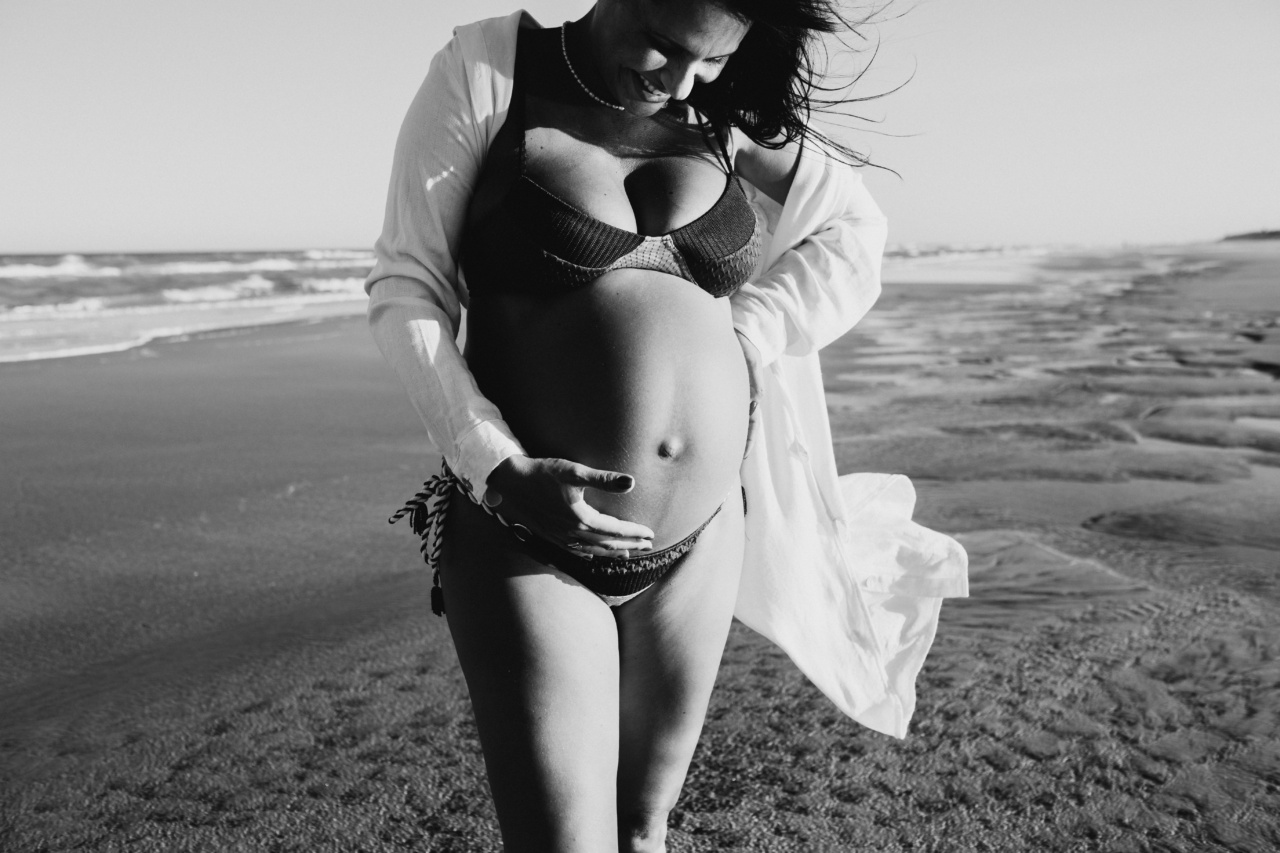Understanding the location of vital organs in the body is crucial for maintaining good health. In this article, we will explore the position of some of the most essential organs in the body, with images to help you visualize their location.
The Heart
The heart is one of the most important organs in the body, responsible for pumping blood throughout the cardiovascular system. Located in the chest cavity, the heart sits between the lungs, and slightly to the left of the midline of the body.
The heart is approximately the size of a fist, and is encased in a protective sac called the pericardium.
 .
.
The Lungs
The lungs are vital organs for breathing, responsible for taking in oxygen and expelling carbon dioxide. The human body has two lungs, located in the thoracic cavity.
The right lung is slightly larger than the left lung, due to the position of the heart in the chest cavity.
 .
.
The Stomach
The stomach is a muscular sac that is an essential organ for digestion. It is located in the upper left part of the abdominal cavity, just under the diaphragm. The stomach connects to the esophagus at the top, and the small intestine at the bottom.
 .
.
The Liver
The liver is the largest internal organ in the body, located in the upper right quadrant of the abdominal cavity.
It has several essential functions, including filtering toxins from the blood and producing bile that aids in digesting fats in the small intestine.
 .
.
The Kidneys
The kidneys are two bean-shaped organs located in the back of the abdominal cavity, on either side of the spine. They are responsible for filtering waste products from the blood and producing urine, which is excreted from the body through the bladder.
 .
.
The Brain
The brain is the control center of the body, responsible for regulating all bodily functions and controlling movements. It is located in the skull, which provides protection for this vital organ.
The brain is divided into several regions, including the cerebrum, cerebellum, and brainstem.
 .
.
The Pancreas
The pancreas is a glandular organ located in the back of the abdominal cavity, behind the stomach. It is essential for regulating blood sugar levels and producing enzymes that aid in digestion.
 .
.
The Spleen
The spleen is a soft, spongy organ located in the upper left quadrant of the abdominal cavity. It plays a crucial role in the immune system, filtering blood and removing old or damaged red blood cells and platelets from circulation.
 .
.
The Bladder
The bladder is a muscular sac located in the pelvis, responsible for storing urine until it is excreted from the body.
The bladder can stretch to accommodate varying amounts of urine, and contains a sphincter muscle to control the flow of urine into the urethra.
 .
.
The Intestines
The intestines are essential organs responsible for absorbing nutrients from food.
The small intestine is a long, narrow tube located in the upper part of the abdominal cavity, while the large intestine is wider and begins at the end of the small intestine, extending down to the anus.
 .
.
Conclusion
Knowing the location of vital organs in the body is key to maintaining good health. We hope that this article has given you a better understanding of where some of the most essential organs are located in the body.































